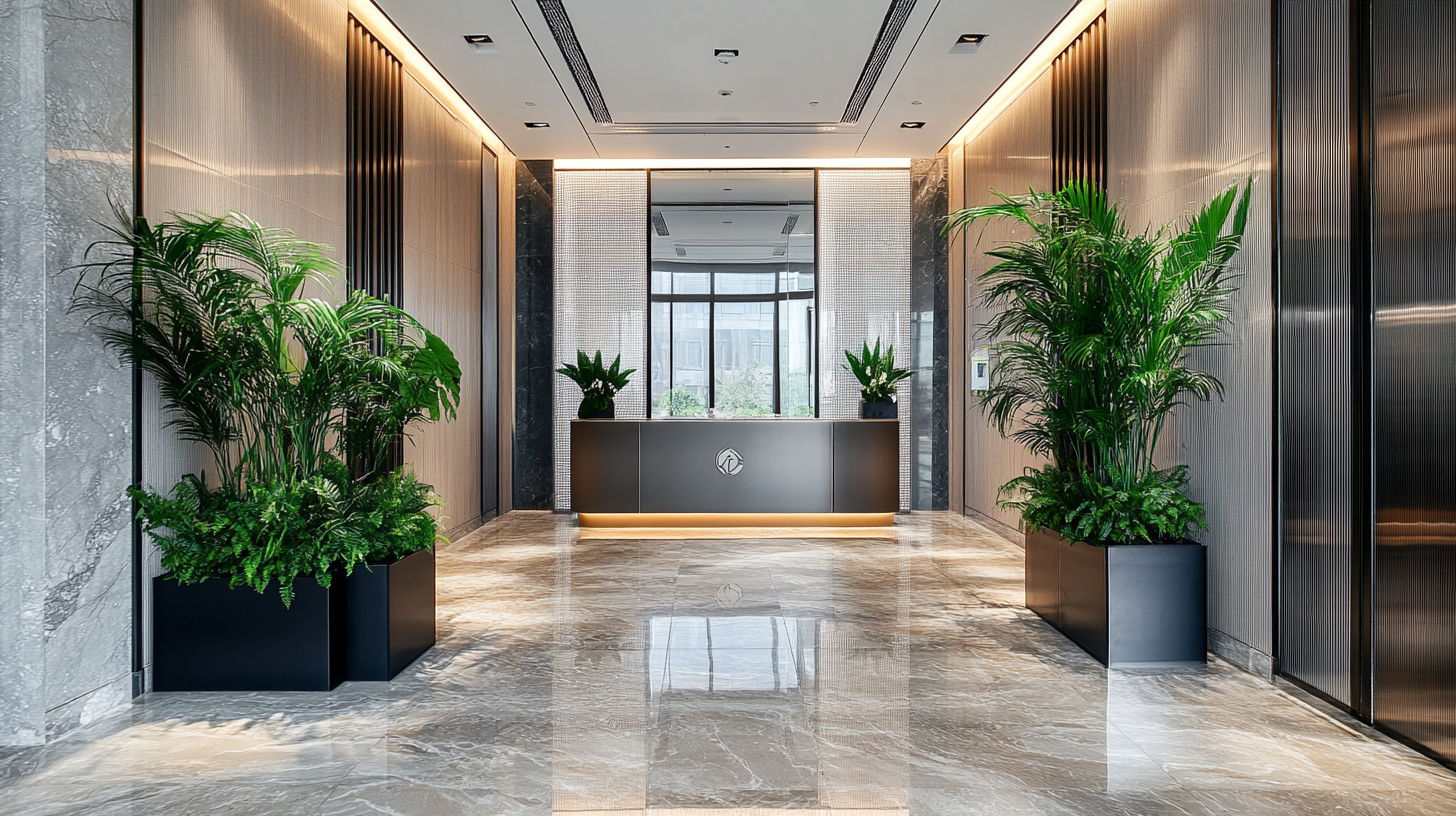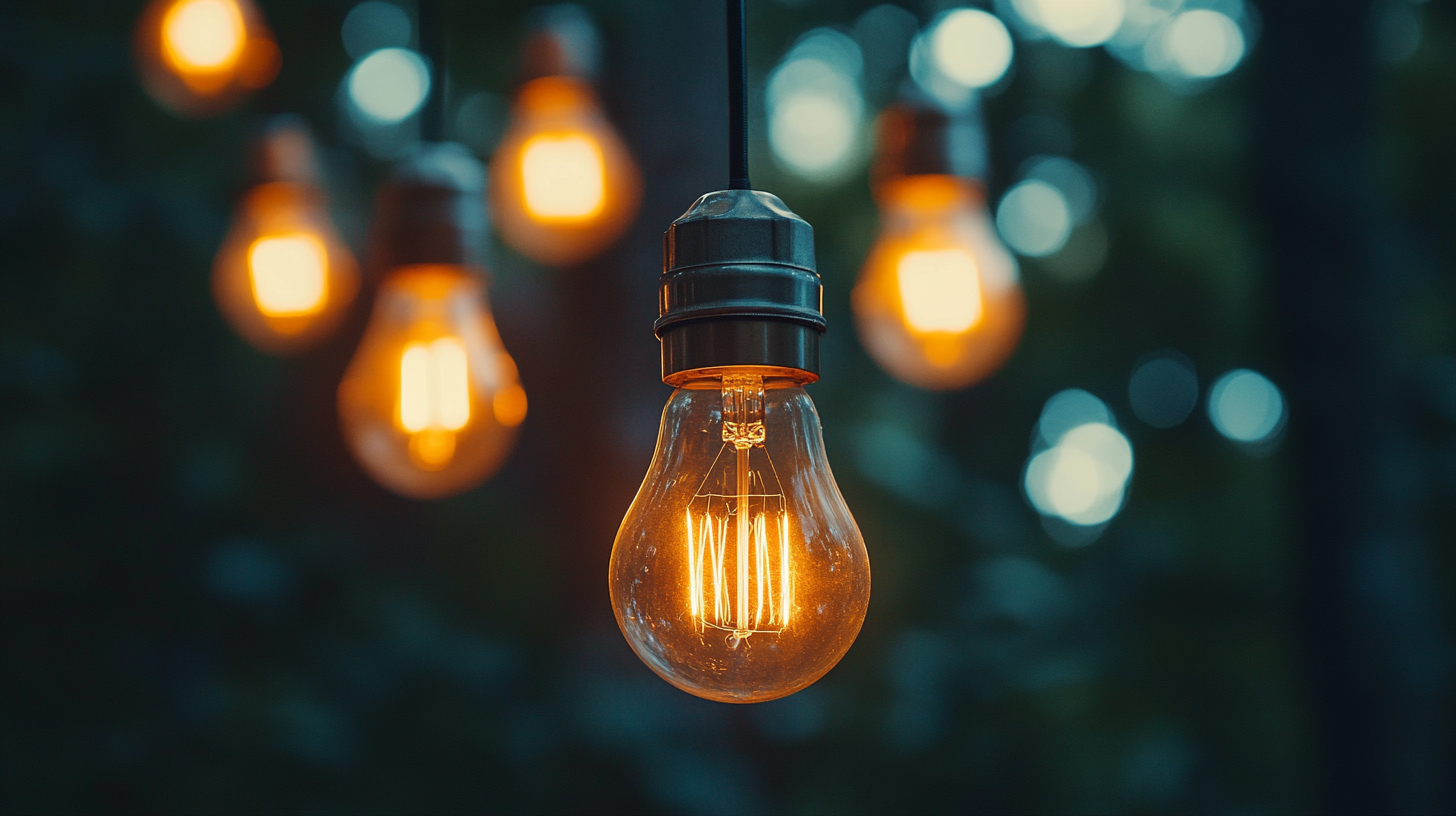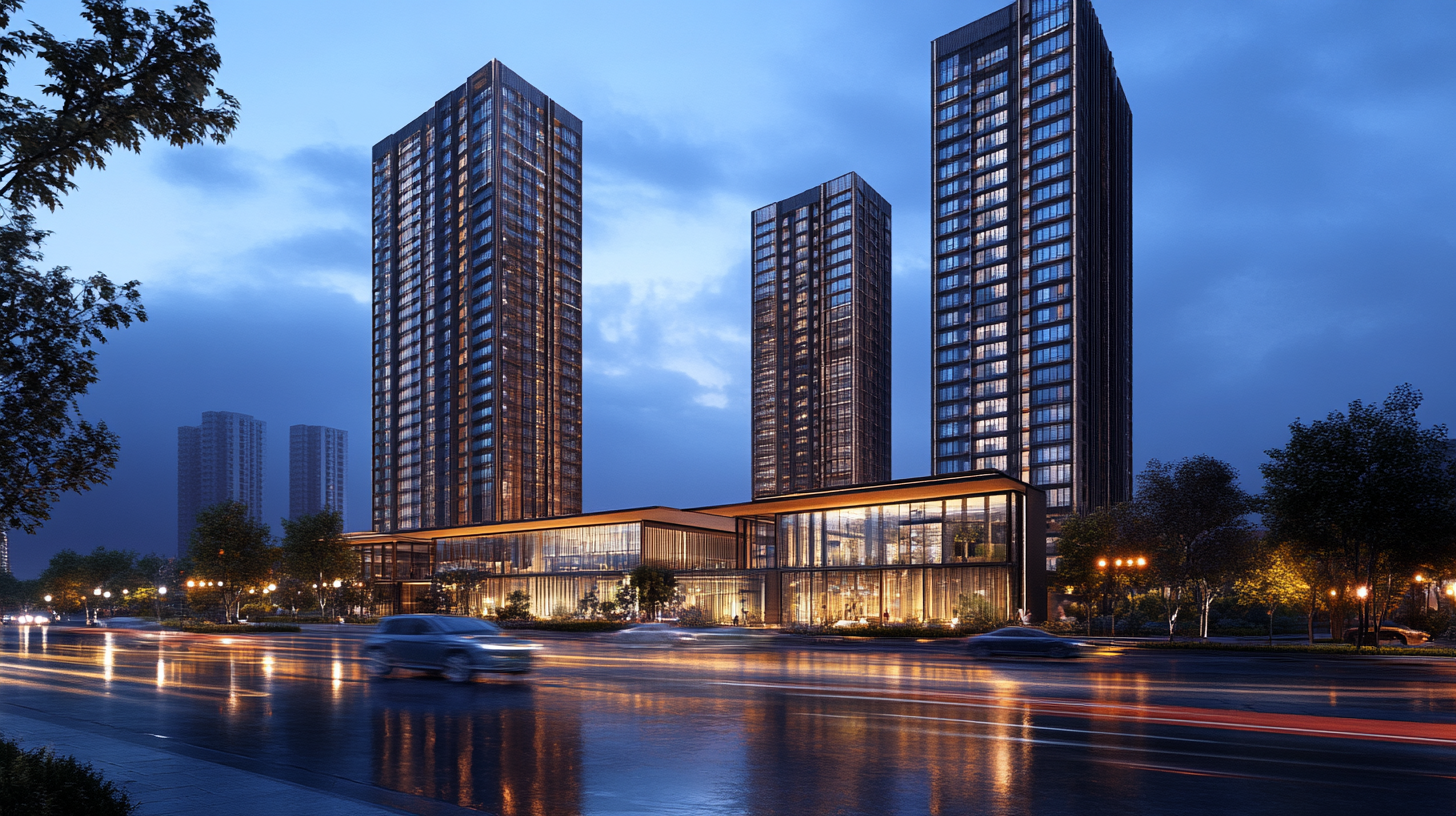Discover Effective Strategies for Sourcing Quality Security Lighting Suppliers
In today's world, ensuring safety and security has become a paramount concern for both residential and commercial properties. One of the most effective ways to enhance safety measures is through the implementation of quality security lighting. However, sourcing the right suppliers for security lighting can be a daunting task, with numerous options available that vary widely in quality, technology, and pricing. Finding reliable suppliers is essential in order to provide effective lighting solutions that safeguard your premises while also offering aesthetic appeal.
This blog aims to uncover effective strategies for identifying and working with top-notch security lighting suppliers. By understanding the key factors to consider—such as product quality, supplier reputation, and customer service—you can streamline the sourcing process and ultimately select the best options that meet your specific security needs. Whether you're a homeowner looking to enhance your outdoor spaces or a business owner seeking to improve safety measures, these strategies will empower you to make informed decisions and invest in security lighting solutions that truly make a difference.

Understanding Your Security Lighting Needs for Effective Supplier Sourcing
When sourcing quality security lighting suppliers, understanding your specific security lighting needs is crucial. Each application requires a tailored approach to ensure that the solutions provided meet both practical and regulatory requirements. Organizations must consider the operational environment, potential hazards, and the required level of illumination to address their security concerns effectively. Recent industry trends highlight a growing emphasis on marine lighting, with the global market projected to reach $990 million by 2033, featuring a compound annual growth rate (CAGR) of 3.38%. This increase reflects a broader shift towards energy-efficient solutions, notably LED technology, which is becoming the preferred choice for enhancing safety and visibility in various sectors. Suppliers that specialize in this area can provide valuable insights and products that comply with the latest safety standards while delivering efficiency and durability. In addition to product offerings, potential suppliers should demonstrate a robust understanding of the complexities surrounding security lighting. This includes knowledge of installation best practices, energy consumption metrics, and innovative technologies that optimize performance. By collaborating with knowledgeable suppliers, organizations can ensure their security lighting systems are not only effective but also aligned with industry advancements and environmental sustainability goals.

Key Criteria for Evaluating Quality Security Lighting Suppliers
When sourcing quality security lighting suppliers, it is crucial to establish key criteria that will help differentiate the best from the rest. One primary consideration is the supplier's reliability and track record in delivering high-quality products. Researching customer reviews and testimonials provides valuable insights into their past performance and can help gauge their ability to meet your specific lighting needs.
Another important criterion is the range and adaptability of the products offered. A supplier that provides a diverse selection of security lighting options—ranging from LED floodlights to motion sensors—can better cater to various security requirements and environments. This flexibility is particularly essential as security needs may evolve, and having a supplier who can adapt their offerings ensures continued efficacy in your security measures.
Additionally, the financial stability of the supplier plays a significant role in ensuring long-term partnerships. Recent news of domestic flight control suppliers securing multi-million dollar investments highlights the importance of financial robustness in this sector. Collaborating with well-funded suppliers not only indicates their capacity for innovation, but also suggests they are equipped to offer ongoing support and advancement in their product lines. Leveraging these criteria will aid in finding a supplier that not only meets but exceeds expectations in quality and reliability.

Researching and Identifying Potential Suppliers in the Market
When it comes to sourcing quality security lighting suppliers, thorough research and identification of potential suppliers is crucial. The first step in this process involves understanding your specific lighting needs. Assessing the areas that require illumination, the type of lighting technology (LED, solar, etc.), and the intensity required can help you narrow down your potential supplier list. By defining your requirements, you can target suppliers who specialize in producing the type of security lighting that best fits your needs.
Next, leverage online resources and industry directories to find reputable suppliers. Websites that specialize in connecting buyers with manufacturers can provide a wealth of options, while trade shows and exhibitions offer an opportunity to meet suppliers in person and witness their products firsthand. Additionally, utilizing social media platforms and industry forums can facilitate networking and provide insights into supplier performance and reliability based on peer reviews.
Once you have a shortlist of potential suppliers, it’s essential to evaluate them based on their credentials, experience, and customer feedback. Engaging with suppliers through direct communication can also yield valuable information about their manufacturing processes, quality assurance practices, and after-sales support. Conducting site visits, if possible, allows you to inspect their facilities and better understand their operations, ensuring that they meet your standards for quality and reliability in security lighting solutions.

Building Strong Relationships with Security Lighting Suppliers
Building strong relationships with security lighting suppliers is crucial for creating a reliable and high-quality supply chain. Trust and open communication form the backbone of these relationships, enabling both parties to address challenges and collaborate effectively. When you approach suppliers not just as vendors but as partners, you foster an environment where feedback and innovation can thrive, leading to enhanced product offerings and improved service.
Regular engagement with security lighting suppliers can significantly strengthen these ties. This can be achieved through face-to-face meetings, virtual check-ins, or even participation in industry trade shows. Such interactions allow you to understand their capabilities and challenges better, which can lead to more tailored solutions that meet your specific needs. Additionally, sharing insights about market trends and consumer demands helps suppliers adjust their strategies and offerings accordingly, benefiting both sides.
Another effective strategy is to establish clear expectations from the outset. Discussing quality standards, delivery timelines, and pricing structures helps to eliminate ambiguity and builds a foundation of accountability. By recognizing and appreciating your suppliers' efforts, such as prompt responses or quality improvements, you cultivate loyalty and encourage them to prioritize your business. Ultimately, a strong relationship with your security lighting suppliers can lead to mutual growth and sustained success in an increasingly competitive market.
Negotiating Contracts and Terms for Optimal Supplier Partnerships
When it comes to sourcing quality security lighting suppliers, effective negotiation of contracts and terms plays a crucial role in developing strong partnerships. The current global business landscape highlights the need for flexibility in contract terms, as seen in the recent statements from Pakistan's Minister of Power, Awais Leghari, regarding the contracts with Chinese power producers. This situation illustrates the necessity for suppliers and manufacturers to remain adaptable and responsive to market changes and geopolitical influences.
In the security lighting industry, suppliers must be prepared to discuss various elements of their contracts, including pricing, delivery schedules, and service commitments. It is essential to base negotiations on thorough market research and industry insights. According to the Global Security Lighting Market Report, the market is projected to grow at a CAGR of 7.5% from 2022 to 2028, indicating a rising demand that suppliers should leverage when negotiating terms. Tailored agreements can ensure that both parties benefit from this growth, fostering long-term relationships.
Additionally, as companies like Mitsubishi shift production strategies by outsourcing to firms like Foxconn, it emphasizes the importance of strategic partnerships that can provide technological advantages and cost efficiencies. For security lighting suppliers, aligning their capabilities with those of larger manufacturers can open avenues for innovation and improved service offerings. Adapting contract negotiations to reflect these dynamics can ultimately strengthen market positions and drive success in this competitive landscape.
